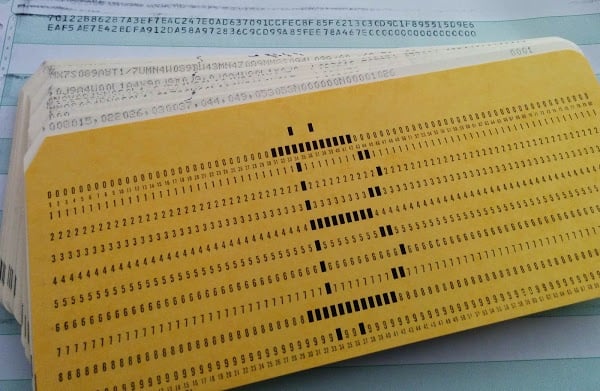Mining Bitcoin Using Old Computers and Retro Gaming Consoles
 Bitcoin mining has grown into a vast economy over the past few years as large ASIC-powered mining farms process transactions for the $32 billion dollar market. In the early days, people could mine bitcoins using their central processing units (CPU) and they still can, but the undertaking is extremely inefficient. However, a few people still mess around mining bitcoins using older computers and retro devices merely for the fun of it and for experimentation purposes. Also Read: Investment Funds That Offer Cryptocurrency Exposure See Big Gains
Bitcoin mining has grown into a vast economy over the past few years as large ASIC-powered mining farms process transactions for the $32 billion dollar market. In the early days, people could mine bitcoins using their central processing units (CPU) and they still can, but the undertaking is extremely inefficient. However, a few people still mess around mining bitcoins using older computers and retro devices merely for the fun of it and for experimentation purposes. Also Read: Investment Funds That Offer Cryptocurrency Exposure See Big GainsBitcoin Mining With Classic Computers and Retro Gaming Consoles

The computer’s 1.5 blocks per second is significantly slower than the chips used today. Shirriff details the Xerox Alto’s speed would take “5000 times the age of the universe” to mine one block. For demonstration purposes, Shirriff used the input of a successfully mined block to see if the algorithm succeeded. Shirriff’s code is available on Github for those who would like to try out Xerox Alto mining.I coded up the necessary hash algorithm in BCPL (the old programming language used by the Alto) and found that although the mining algorithm ran, the Alto was so slow that it would take many times the lifetime of the universe to successfully mine bitcoins.
An Old IBM Mainframe From the Sixties Would Take Roughly 40,000 Times the Current Age of the Universe to Find a Block
Another project Shirriff worked on back in 2015 was mining with a 55-year-old IBM 1401 mainframe at 80 seconds per hash. This computer was the best-selling computer of the mid-1960s and mainly used for business purposes. “While modern hardware can compute billions of hashes per second, the 1401 takes 80 seconds to compute a single hash,” details Shirriff. “This illustrates the improvement of computer performance in the past decades, most famously described by Moore’s Law — To summarize, to mine a block at current difficulty, the IBM 1401 would take about 5×10^14 years (about 40,000 times the current age of the universe).”
Mining Bitcoin With a 1985 Nintendo Entertainment System

In the end, the NES miner worked and started searching for blocks with Slush’s pool, but the creator said there was plenty of room for build improvements. “What I’m doing now is very slow, and I admit, pretty lame,” explains the retro miner’s blog post. Additionally, bitcoiners have had great discussions concerning mining bitcoin with other gaming consoles like the Playstation 3.The Raspberry Pi gets a chunk of data, compiles it into a ROM that includes the SHA256 algo and current target data, and sends it to the console via USB CopyNES. Each ROM computes and tests a single hash.
ASIC Producers Don’t Need to Worry About Retro Miners
Obviously, these types of projects won’t be mass adopted to mine excessive amounts of bitcoins like ASICs because it would take many lifetimes to find one block using a retro device. However even though watching an older computer or gaming console mine bitcoins is super slow it’s very interesting to see that these devices are compatible with the Bitcoin network. What do you think about people testing old computers and retro gaming devices with the Bitcoin network? Let us know what you think in the comments below.Images via Pixabay, Wiki Commons, and Ken Shirriff’s blog.
Express yourself freely at Bitcoin.com’s user forums. We don’t censor on political grounds. Check forum.Bitcoin.com. The post Mining Bitcoin Using Old Computers and Retro Gaming Consoles appeared first on Bitcoin News.
8-bit ASIC Bitcoin mining CPU Featured GPU GUI Hardware Hashrate IBM 1401 mainframe Ken Shirriff N-Editorial Content NES Nintendo Raspberry Pi Retro Gaming Consoles SHA256 Technology Xerox Alto



